Photo Gallery for Epiblema brightonana - Brighton's Epiblema Moth | Photos: 16 |
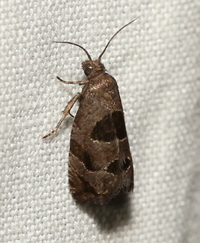 | Recorded by: David George, Stephen Dunn, Jeff Niznik on 2023-07-31
Macon Co.
Comment: |  | Recorded by: David George, Stephen Dunn, Jeff Niznik, Rich Teper, Becky Watkins on 2023-07-30
Swain Co.
Comment: |
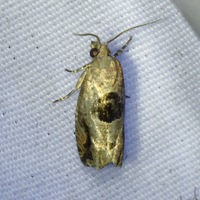 | Recorded by: David George, Stephen Dunn, Jeff Niznik, Rich Teper, Becky Watkins on 2023-07-29
Swain Co.
Comment: |  | Recorded by: Jim Petranka on 2023-07-11
Madison Co.
Comment: |
 | Recorded by: Jim Petranka and Becky Elkin on 2020-08-16
Madison Co.
Comment: |  | Recorded by: Jim Petranka and Becky Elkin on 2020-08-09
Madison Co.
Comment: |
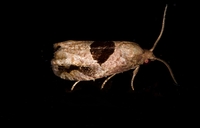 | Recorded by: Jim Petranka and Becky Elkin on 2020-08-09
Madison Co.
Comment: |  | Recorded by: Jim Petranka and Becky Elkin on 2020-08-03
Madison Co.
Comment: |
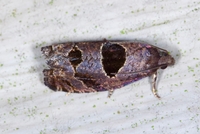 | Recorded by: Jim Petranka and Becky Elkin on 2020-08-03
Madison Co.
Comment: | 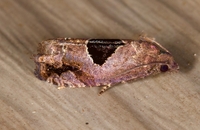 | Recorded by: Jim Petranka and Becky Elkin on 2020-07-28
Madison Co.
Comment: |
 | Recorded by: Jim Petranka and Becky Elkin on 2020-07-28
Madison Co.
Comment: | 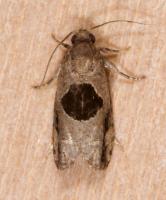 | Recorded by: Jim Petranka and Becky Elkin on 2020-07-02
Madison Co.
Comment: |
 | Recorded by: Jim Petranka and Becky Elkin on 2020-07-02
Madison Co.
Comment: | 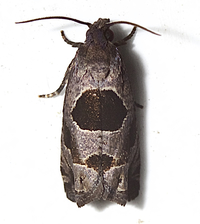 | Recorded by: Jim Petranka and Becky Elkin on 2018-07-07
Madison Co.
Comment: |
 | Recorded by: Jim Petranka and Becky Elkin on 2018-07-07
Madison Co.
Comment: | 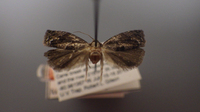 | Recorded by: Robert Gilson on 2015-07-15
Mecklenburg Co.
Comment: |
|